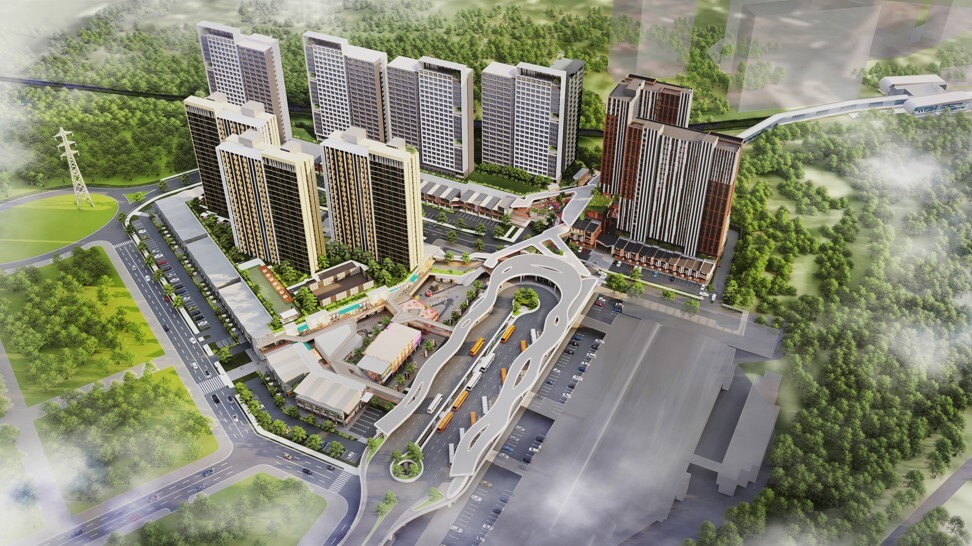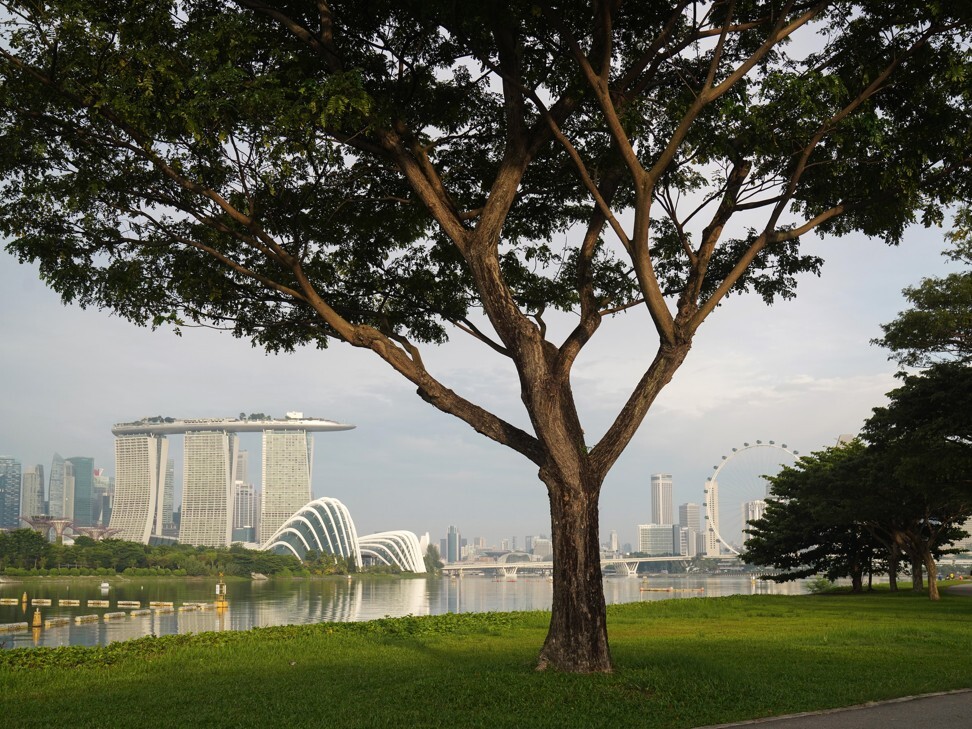
Investors see Southeast Asia’s young population driving property market recovery after pandemic
- Property markets in Southeast Asia, one of the worst-hit by the Covid-19 pandemic, are poised to recover as the global economy gradually opens up
- Mitbana, a joint venture between Mitsubishi and Temasek-owned Surbana Jurong, is investing US$500 million in the region in the next five years

Property markets in Southeast Asia, one of the worst-hit by the Covid-19 pandemic, are poised to recover as countries across the world gradually open up in the coming months, according to analysts and investors. Much of that recovery will be driven by the region’s young population, they said.
Office rents across Southeast Asia declined between 8 and 10 per cent in the first quarter, while luxury home prices remained flat, according to Knight Frank. In Asia-Pacific, office rents fell 7 per cent while luxury property prices increased by an average of 6 per cent, the consultancy noted.
“With the damage wreaked by the pandemic, Southeast Asia, apart from Singapore, for now might not look too pretty as an investment destination,” said Christine Li, head of research for Asia-Pacific at Knight Frank. “However, its young population, sustained urbanisation rate and growing middle class are long-term fundamentals that will outlive the pandemic.”
Asean, which comprises 10 Southeast Asian countries, has seen its population nearly double to 656 million in 2019 from 355.3 million in 1980. More than half of the Association of Southeast Asian Nations’ population will be aged 34 and below by 2030, according to a report by United Overseas Bank.

The bloc is also an economic powerhouse. Asean’s economic output totalled US$3.2 in 2019, making it the fifth largest economy in the world after the US, China, Japan and Germany, according to the International Monetary Fund.
These fundamentals present opportunities for foreign investors, including mainland Chinese and Hongkongers, looking to diversify their portfolio, according to Henry Chin, head of Asia-Pacific research at CBRE.
“Southeast Asia will play an increasingly important role going forward in many companies’ China-plus-one strategy for manufacturing and production,” he said, referring to the need for businesses to diversify into other countries to counter recent events like the pandemic and power shortage issues.
“The region’s geographical proximity to China also makes it compelling to Chinese companies, state-owned enterprises and developers in advancing China’s Belt and Road Initiative in Southeast Asia through infrastructure and property developments,” he said.
Mitbana, a joint venture between Japanese conglomerate Mitsubishi and Surbana Jurong, owned by Singapore’s state investment firm Temasek Holdings, is betting on these fundamentals, as it earmarks a US$500 million investment in the region in the next five years.
“Within Southeast Asia, Indonesia, Vietnam and the Philippines are our focus markets,” said Gareth Wong, CEO of Mitbana. “I think more than 50 per cent of their population are millennials and Gen Z, so there’s a growing need for urban development.”
Mitbana’s first project is a mixed-use development in the Intermoda district of the Greater Jakarta region with Bumi Serpong Damai, a unit of Indonesian developer Sinar Mas Land. It is close to a railway station that can take commuters straight to Jakarta’s Sudirman central business district in under an hour.
Construction of the US$150 million budget, which will begin next year, will be undertaken in phases spread over five to seven years, with the first phase offering about 1,000 homes, Mitbana’s Wong said.
Vietnam is likely to be Mitbana’s next investment destination.

Meanwhile, in Singapore, the government awarded a 7,817 square metre site close to the Marina Bay to Malaysia-based IOI Properties, the sole bidder. IOI submitted a S$1.5 billion (US$1.1 billion) bid for the site, which will be developed into a residential-cum-hotel property comprising 905 residential units, 540 hotel rooms and 2,000 sq m of commercial space.
Singapore, considered as Southeast Asia’s main financial hub, is likely to benefit from the reopening of the economies around the world, particularly its retail and hospitality markets, said Wong Xian Yang, head of research in Singapore at Cushman & Wakefield.
“As border restrictions are slowly relaxed and the number of tourists increases, the hospitality market would see the most upside, after a prolonged drought in tourist arrivals,” he said.